Opinion: High voltage EVs are Coming Thick & Fast...
Recently, I spent a few days with the new Audi Q8 e-tron, and while the difference between this and the previous generation e-tron isn’t staggering, it’s certainly a step in the right direction – and indicative of how EVs are evolving.
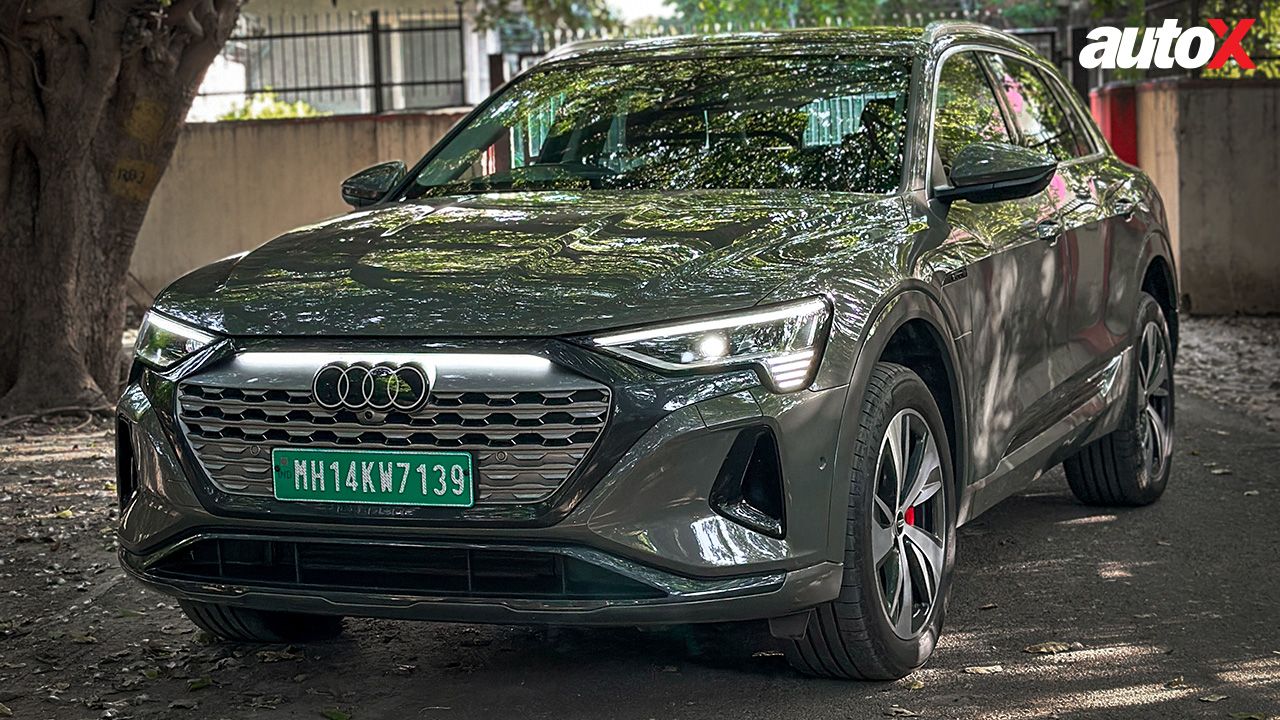
So, to help you put an EV in your (proverbial) garage, we’ve not only tested the facelifted Tata Nexon EV and all-new Mercedes EQE in our October issue of the autoX magazine, but also included a full EV Buyer’s Guide as a supplement – which lists over two dozen EVs of different shapes, sizes, and budgets, so one of them is bound to fit your lifestyle.
Even though we’re still eagerly anticipating that long-awaited breakthrough in battery technology, the advancement with each successive generation is nevertheless impressive. Recently, I spent a few days with the new Audi Q8 e-tron, and while the difference between this and the previous generation e-tron isn’t staggering, it’s certainly a step in the right direction – and indicative of how EVs are evolving. Of course, the Q8 e-tron is faster, has greater charging capacity and longer range, but the differences that are telling are the ones that are a bit more subtle.
The original e-tron, as impressive and refined as it was, felt like an EV! Well, it would, wouldn’t it? But what I mean is that it wasn’t as organic as it could have been, or as it’s since evolved to become. The instant torque meant that power delivery was like an on-off switch and the regen on deceleration was a tad too aggressive, which also caused the brakes to feel a bit wooden. Moreover, the 700kg battery pack meant that it always seemed a bit unwieldy. With this updated version, many of these rough edges have been ironed out, such that it feels a lot more natural. The silence and refinement levels are just as good, if not better, but now it also has a distinctive high-tech soundtrack – Audi calls it the e-tron’s sonic signature. It sounds quite futuristic – a bit like the Starship Enterprise – but also quite familiar since the acoustics are perfectly calibrated with your right foot. It also feels lighter on its feet, and more progressive under acceleration & braking.
Also Read: Audi Q8 e-tron Review: The Best Luxury Electric SUV in India?
So, EVs are clearly getting better, but the one aspect that isn’t even being addressed is the fact that, according to Volvo, manufacturing an EV generates 70% more greenhouse gas emissions than its ICE powered counterpart, not to mention the environmental impact of mining rare earth metals and lithium, or the fact that most of the electricity generated to power these machines is produced by burning coal.
The cars themselves are far better, more usable, and more plentiful, but there are still a number of unanswered questions that are being swept under the carpet. Perhaps it’s time for some spring cleaning and honest debate…
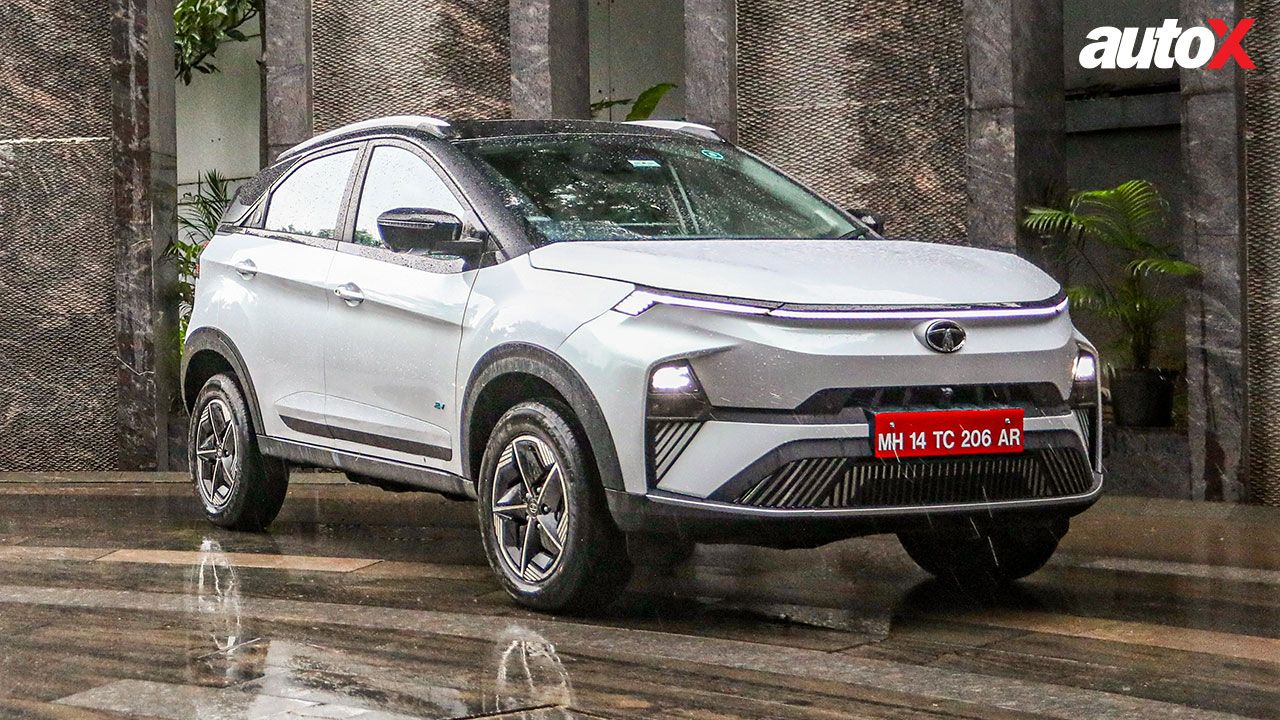
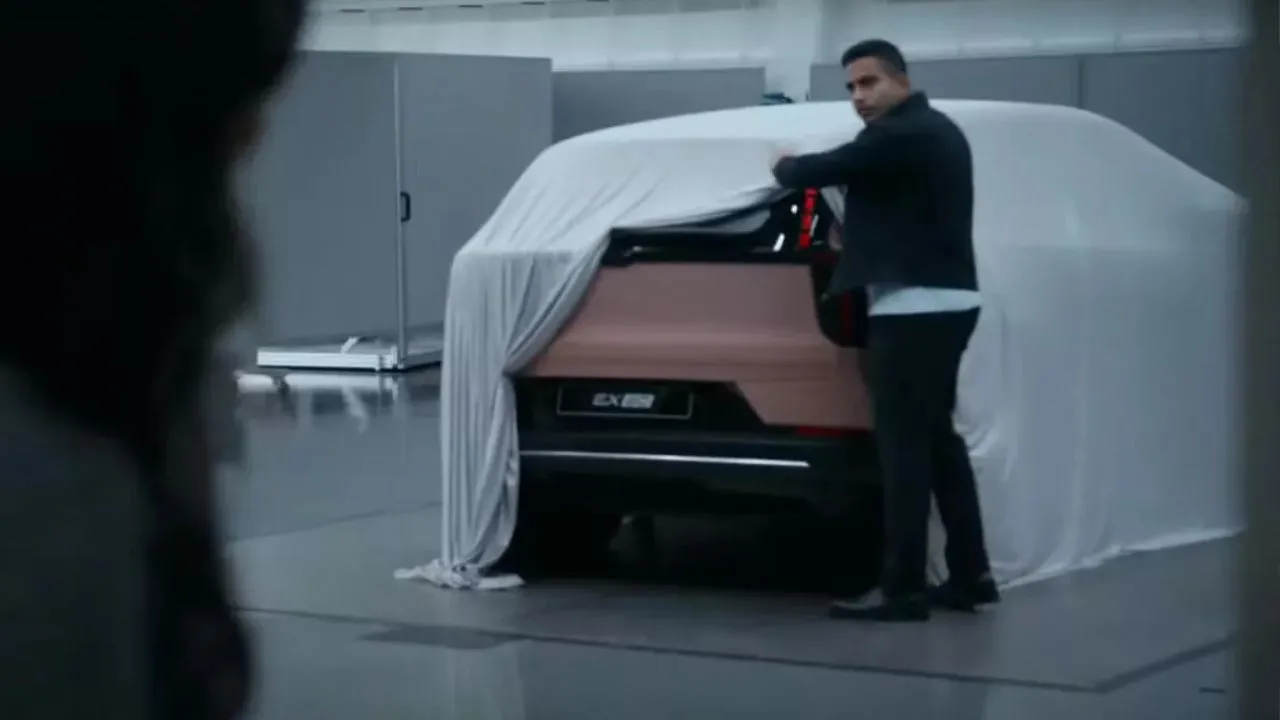
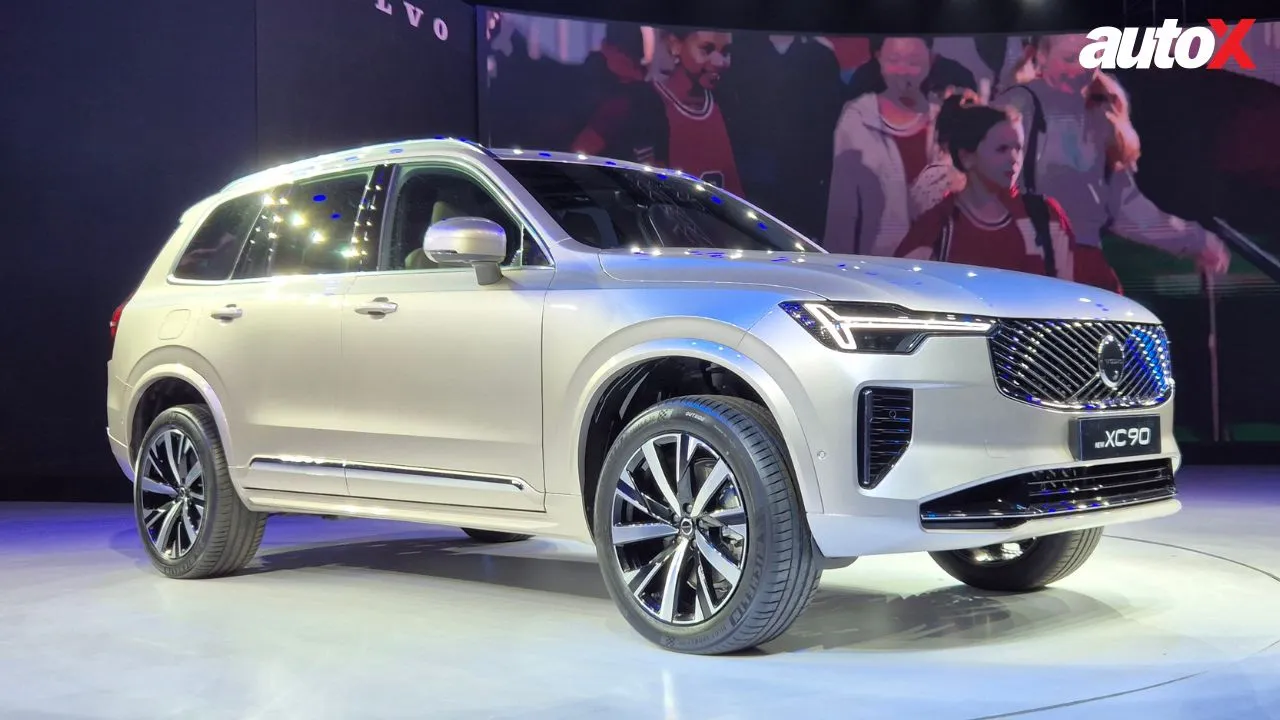
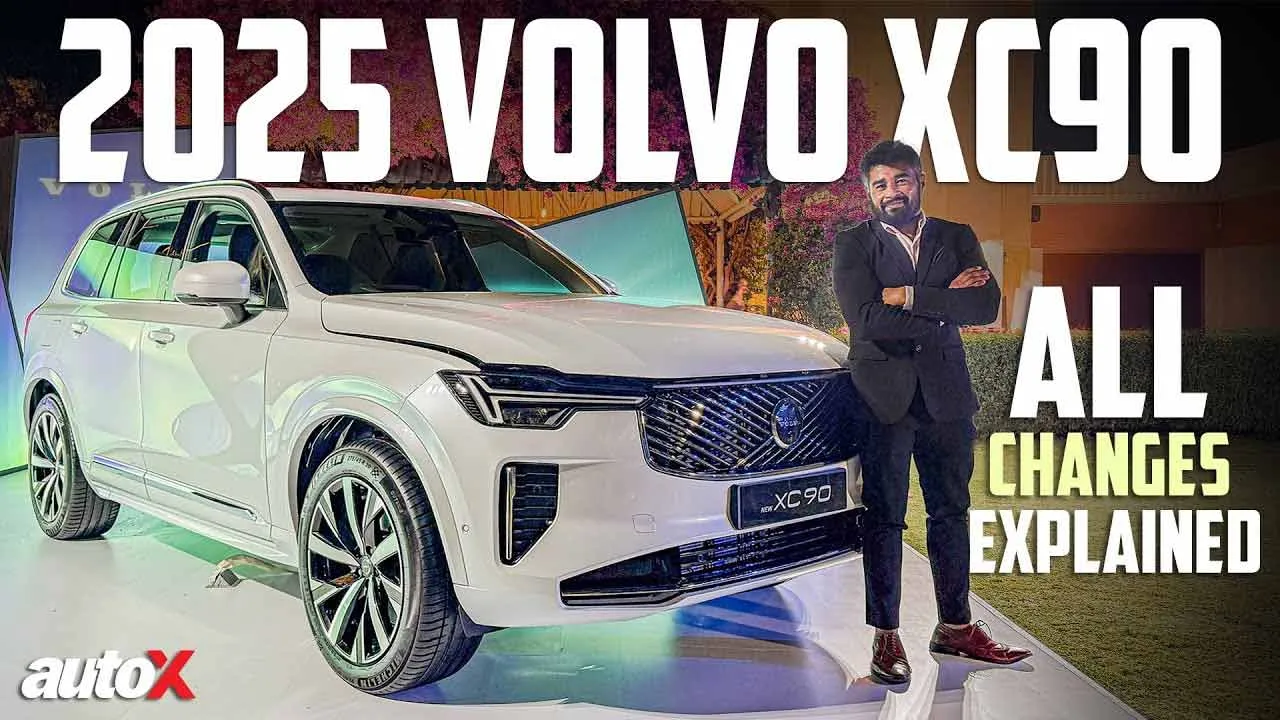




-(1).webp)















Write your Comment on